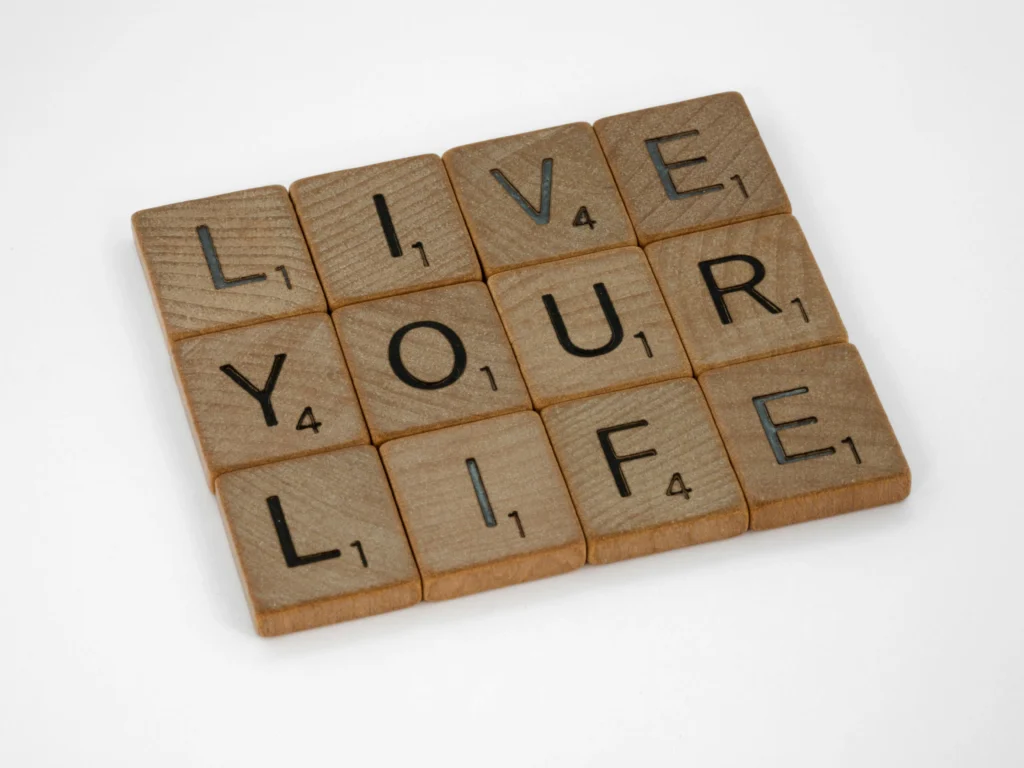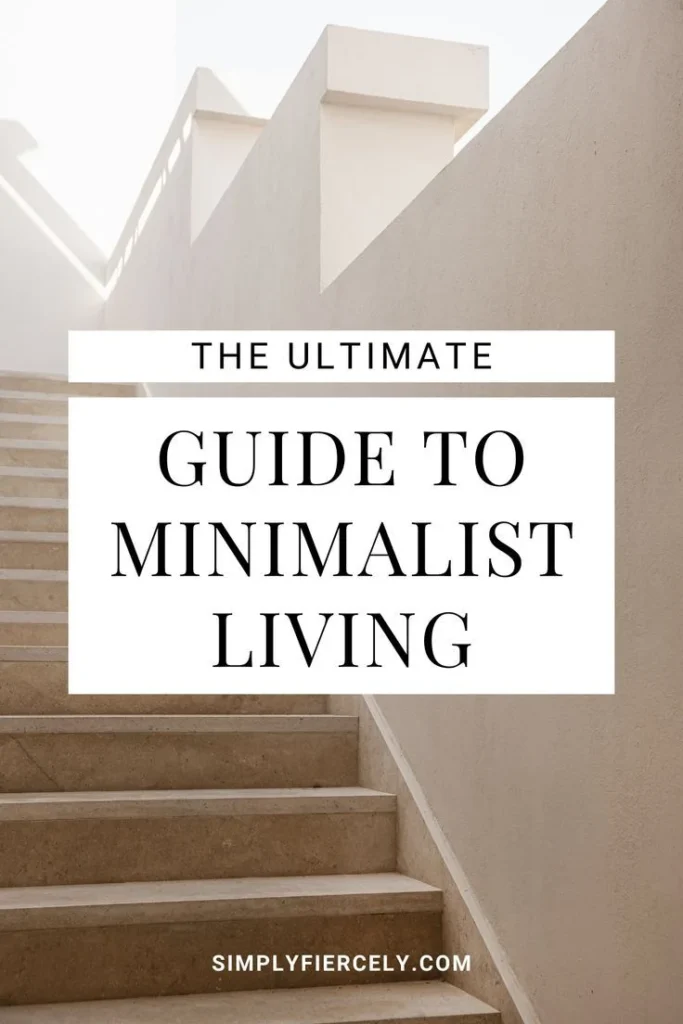Minimalist Living: How to Declutter Your Life is a lifestyle choice that focuses on simplicity and intentional living. It involves getting rid of excess belongings, organizing your space, and prioritizing what truly adds value to your life. By embracing minimalist living, you can create a more peaceful and stress-free environment, and have more time and energy for the things that matter most to you.
Many people are curious about the benefits of embracing a minimalist lifestyle. They wonder how to simplify their living space, reduce their possessions, and make more mindful choices. Minimalist living can also lead to financial freedom, as it encourages mindful spending and saving. Additionally, it can have a positive impact on mental health by reducing feelings of overwhelm and anxiety.
1. The Benefits of Minimalist Living
Minimalist living is a lifestyle choice that focuses on simplicity, functionality, and intentionality. By decluttering your physical space, you can also declutter your mind, leading to reduced stress and anxiety. With fewer material possessions, you can save time and money by avoiding the accumulation of unnecessary items. Additionally, minimalist living encourages environmental sustainability by promoting conscious consumption and reducing waste. By embracing minimalism, you can create a more peaceful and meaningful life.
2. Getting Started with Decluttering
When beginning the decluttering process, it’s important to start small and focus on one area at a time. Set specific goals for each decluttering session to stay motivated and track your progress. It can be helpful to categorize items into keep, donate, and discard piles to make decisions easier. Additionally, consider the KonMari method, which involves evaluating each item based on whether it sparks joy. By taking a systematic approach to decluttering, you can gradually simplify your living space and experience the benefits of minimalism.
3. Decluttering Your Living Space
When decluttering your living space, begin with the most visible areas, such as countertops, shelves, and tables. Remove any items that are not essential or meaningful to create a clean and organized environment. Consider implementing storage solutions, such as baskets or bins, to keep frequently used items easily accessible but out of sight. It’s also important to regularly reassess your belongings and continue to eliminate any unnecessary clutter that accumulates over time. By maintaining a clutter-free living space, you can cultivate a sense of calm and tranquility in your home.
4. Streamlining Your Wardrobe
Streamlining your wardrobe is an essential part of minimalist living. Start by removing any clothing or accessories that no longer fit or align with your personal style. Consider creating a capsule wardrobe consisting of versatile, high-quality pieces that can be mixed and matched. This approach not only reduces decision fatigue when getting dressed but also helps to minimize the environmental impact of fast fashion. By curating a simplified wardrobe, you can cultivate a sense of contentment with less and embrace a more intentional approach to fashion.
5. Digital Decluttering
In today’s digital age, decluttering extends beyond physical possessions to include digital clutter. Take the time to organize and delete any unnecessary files, emails, or apps on your devices. Streamline your digital workspace by creating folders and categorizing files for easy access. Unsubscribe from any email newsletters or notifications that no longer serve you, and consider implementing screen-free time to reduce digital overwhelm. By decluttering your digital life, you can experience improved productivity and mental clarity.
6. Cultivating Mindful Consumption
Minimalist living emphasizes the importance of mindful consumption. Before making a purchase, consider whether the item aligns with your values and serves a practical purpose. Avoid impulse buys and instead focus on investing in high-quality, long-lasting products. Embrace the concept of “less is more” and prioritize experiences and relationships over material possessions. By adopting a mindful approach to consumption, you can reduce clutter, save money, and contribute to a more sustainable planet.
7. Letting Go of Sentimental Clutter
One of the challenges of decluttering is parting with sentimental items. While it’s important to honor meaningful possessions, it’s also beneficial to reassess which items truly hold significance. Consider taking photos of sentimental objects to preserve the memories while letting go of the physical clutter. Alternatively, repurpose sentimental items into something practical or display them in a purposeful way. By reframing your relationship with sentimental clutter, you can create space for new experiences and memories to unfold.
8. Embracing a Minimalist Mindset
Beyond decluttering your physical space, minimalist living is about embracing a mindset of simplicity and intentionality. Practice gratitude for what you have rather than constantly seeking more. Focus on experiences and relationships that bring joy and fulfillment, and let go of the pressure to keep up with societal expectations. Embrace the freedom that comes with owning less and prioritize the things that truly matter to you. By cultivating a minimalist mindset, you can declutter not only your surroundings but also your life as a whole.
| Step | Description |
|---|---|
| 1 | Assess your belongings and decide what is essential |
| 2 | Get rid of items that you no longer use or need |
| 3 | Organize your space to maximize functionality |
| 4 | Avoid acquiring new items unless absolutely necessary |
| 5 | Embrace a minimalist mindset and focus on experiences over possessions |



